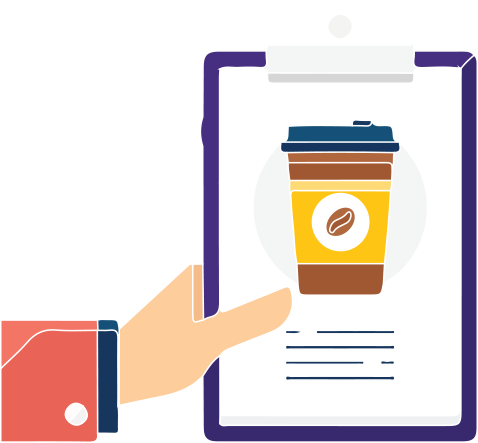The Ultimate Coffee Buying Guide
Have you ever proclaimed ‘don’t speak to me until I’ve had my coffee!’ only to have your coffee and be even grumpier than you were before? Maybe the flavour fell short, or the milk to caffeine ratio was far too weak to give you the energy boost you needed. Or maybe the quality of your coffee was just not great.
Coffee is more than just a habit, it’s a way of life. It’s the perfect start to the morning or the excuse to catch up with friends. It’s a source of energy, and the tastiest cure for a bad mood. That’s why it’s imperative to not only buy and drink quality coffee, but to know where to source quality coffee beans too.
So, let’s get you educated into shopping for the best type of coffee for what your taste buds need with this ultimate beans buying guide.
- 1. The Cost of Good Coffee
- 2. Flavour Palettes- What is your preferred taste?
- 3. Roast Level
- Dark Roast Coffee
- Medium Roast Coffee
- Light Roast Coffee
- 4. Caffeine Level
- 5. Organic or Non Organic?
- 6. Country of Origin
- Blend or Single Origin Coffee?
- 7. Are You Dreaming of Drinking Some Coffee?
The Cost of Good Coffee
So, How Do You Pick Out Good Coffee Beans? First things first, let’s discuss price. Is buying whole bean coffee cheaper than ground or is it cheaper to buy ground coffee over beans? To answer this question, you need to consider what’s more important to you, value and taste or convenience and quantity.
Just like cars, shoes and houses, not all coffee is created equally! There are many factors that play into the quality of coffee, and price is often an indication of the quality. You can get a cheap version of everything, but that doesn’t mean you should.
Whole bean coffees tend to be fresher and more recently roasted than ground coffee, and are often picked from better crops too. However, cheap coffee beans exist just as cheap ground coffee exists. But that doesn’t make them equal in quality or taste!
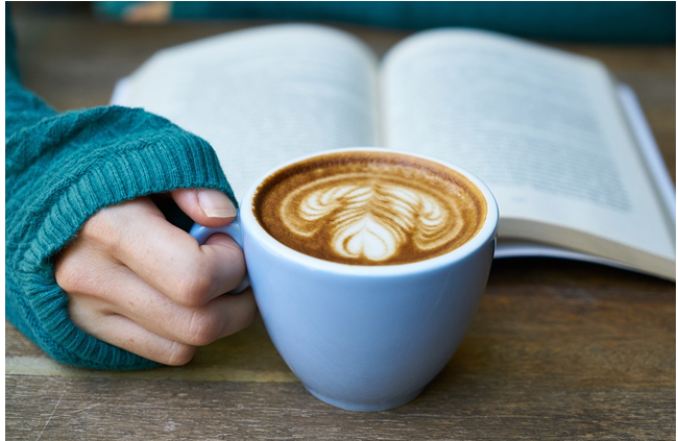

Flavour Palettes- What is your preferred taste?
Coffee is the most consumed beverage on the planet. With over 80% of the world’s population consuming it daily, this can only be good news for you. Why? Because with such a high, diverse demand for flavour, roast level and caffeine level, the type of coffee bean you’re after most definitely exists. If you haven’t found it yet, we just know that the right type of coffee bean is out there waiting desperately for you to find your perfect flavour match!
There are four main types of coffee beans, each with their own distinct flavour palettes. These are Arabica, Robusta, Liberia and Excelsa.
Arabica is the most commonly produced coffee bean due to its full flavour palette and a strong aroma.
Robusta, the second most common coffee bean, contains double the amount of caffeine as Arabica with a much harsher flavour but smooth texture.
Liberica is extremely rare to find, has an irregular shape and a unique aroma that blends smoky, floral and fruity notes.
Excelsa is part of the Liberica family but with a vastly different flavour profile. Excelsa is mild, sweet and very fruity.
Roast Level
While some would describe coffee as fruity, strong or smooth, some would describe coffee as a powerful energy creating liquid. Of course, with great flavour, and power, comes a wide range of options. You do not only have the choice of type of bean, price and flavour profiles, but also of roast levels too.
There are three main roast types for coffee beans, dark, medium and light- each vastly different from the other.
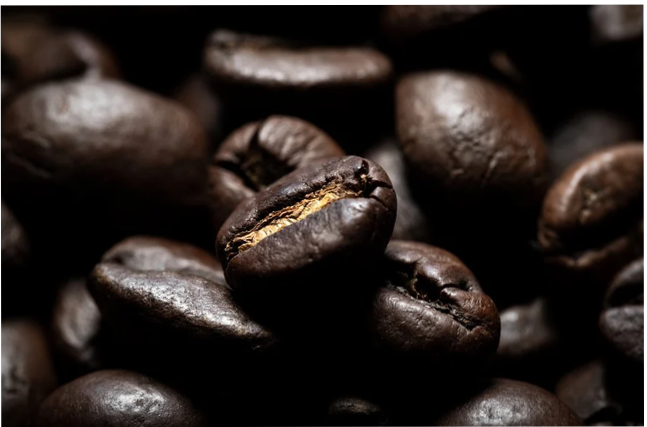

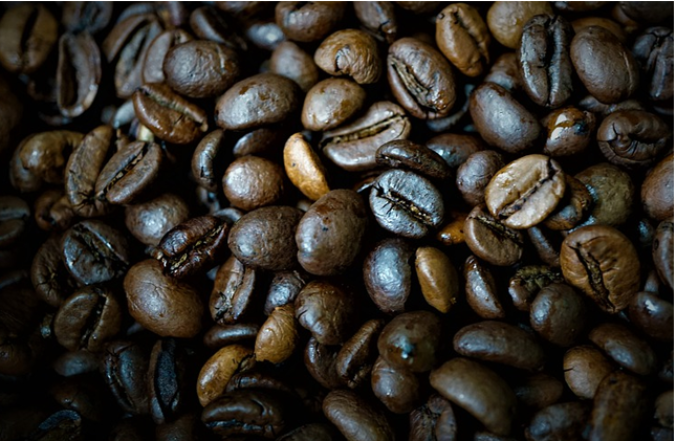
Dark Roast Coffee
Consider yourself warned, dark roast coffee is a lot, even for the hardcore coffee drinkers. Dark Coffee Roast’s flavour is incredibly strong, punchy and abrupt. The darker the coffee beans, the less caffeine is prevalent. Usually, dark roast coffee beans are dark brown, nearing black in colour. The beans have an oil on the surface and are moments of roasting away from tasting like charcoal.
Properly dark roasted coffee beans are full bodied and robust in flavour, but often big coffee roasters cut corners and roast as many beans as possible at ridiculously high temperatures for a short time. The result? Less flavour, burnt beans and low quality coffee. This is largely why dark roast coffee beans have such a bad rap.
Dark roasts are most popular in Europe, Asia and the USA. A properly dark roasted coffee produces a stunningly bitter and full bodied espresso. Other names for dark roasts include Full City, Vienna, French or Italian Roasts. If strong, bitter coffee is your thing, then you’re in the right place.
Medium Roast Coffee
While some would describe coffee as fruity, strong or smooth, some would describe coffee as a powerful energy creating liquid. Of course, with great flavour, and power, comes a wide range of options. You do not only have the choice of type of bean, price and flavour profiles, but also of roast levels tooThe all-rounder, most popular and easiest to prepare: medium roast coffee beans are the most commonly sold commercial coffee. Medium roast beans are the best coffee beans for espresso blend drinks, brewed coffee, filtered coffee, cold drip and most other methods of coffee consumption you can think of.
Medium roast coffee beans give off a round, balanced and full-bodied coffee flavour with a range of aroma profiles. They are deep brown in colour, less acidic yet thicker in body than light roast coffee and have a higher presence of natural sugars. These natural sugars often add notes of caramel or honey to your espresso and make for a very pleasant drinking experience.
Medium roast coffee beans are the safest bet for the ultimate coffee drinking experience. Coffee lovers and novices alike fawn over medium roast coffee due to it’s versatility and lustrous flavour palette. Be wary when buying cheap medium roast coffee, as you may end up with a low-quality, light medium and dark roast bean blend.

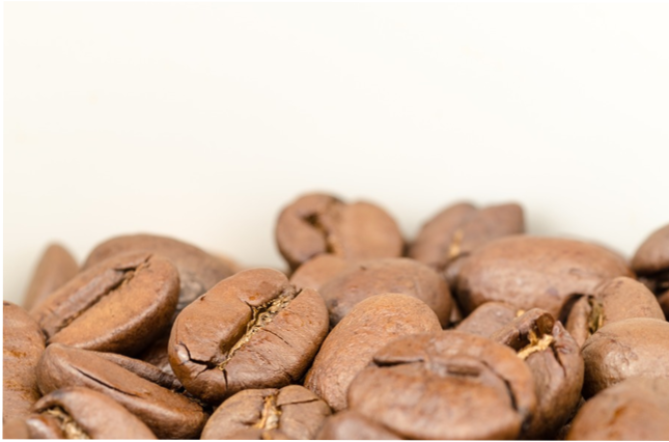
Light Roast Coffee
Light roast coffee beans are designed to be used specifically in black coffees that are prepared with any brewing method other than espresso. They have a light brown colour and maintain the most flavours of the original coffee bean plant. This means their flavour palette is natural, floral, sometimes fruity and often acidic.
The vibrantly crisp acidity can add a fresh spring of life into your cup of coffee. However, just like dark roast coffee, this bright and sour flavour addition is not for everyone. Light roast coffee lacks the bitterness that coffee drinkers love as they haven’t been roasted long enough to develop that bitter taste.
Light roast coffee beans should be kept for brewing methods that naturally extract flavour, like filtered coffee and slow drip.
Caffeine Level
If you’re after a super strong, high caffeine coffee, steer away from dark roasts. Dark roasts contain the least amount of caffeine of the three roast levels. Ultimately, light roasts have the most amount of caffeine and medium roasts sit in that just right category.
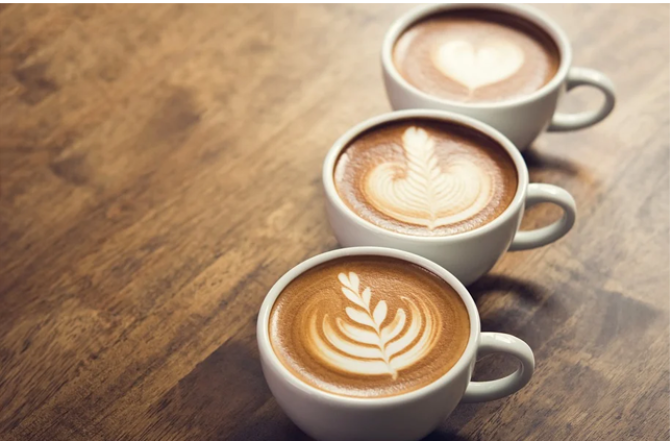

Organic or Non Organic?
Organic means that a product is grown without using toxic chemicals such as pesticides, additives, enhancers or fertilisers, which is a big win for your insides! Organic coffee is grown through a completely natural production process with replenished soil and surrounding environments. Organic farms are usually certified by government organisations so if you’re looking for organic coffee beans, do your research before you buy!
Country of Origin
On top of your preferred bean type and roast level, you’ll also need to identify which country produces your favourite flavour of coffee. Different countries (and even different areas of the country) produce coffee with their own unique flavour palette.
Here is your coffee buying guide: country cheat sheet!
South America:
- Brazil: Sweet, delicate and lightly aromatic.
- Mexico: Acidic yet delicate
- Colombia: Intensely aromatic with medium acidity
- Costa Rica: Sweet, fruity, delicate and full-bodied
Africa :
- Tanzania: Intense, aromatic and high in acidity
- Ethiopia: Intense and acidic yet floral and fruity with hints of jasmine and citrus
- Kenya: Full-bodied fruitiness with medium acidity
Asia: :
- Java: One word: Bitter.
- Sulawesi: Intense and acidic
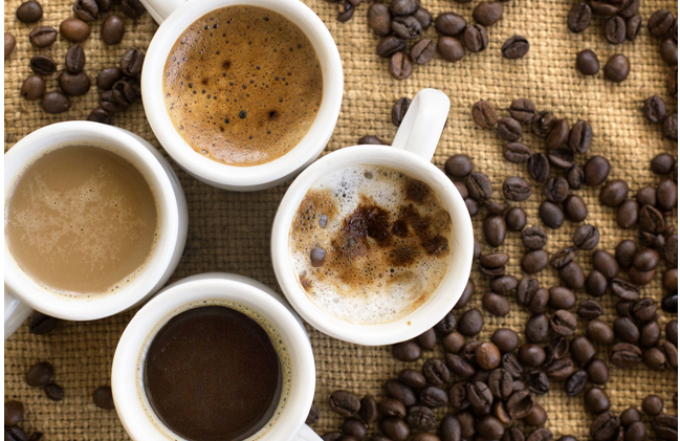

Blend or Single Origin Coffee?
First, what’s a blend? Simply put, a blend is a coffee made up of beans from multiple parts of the world. When done properly, a blend is the absolute best of two or more flavour palettes. The majority of store bought coffee is blended in some way. Side note, blends can be from the same country, different farms, or even different sections of the same farm.
The more sophisticated the blend, the more complex, enchanting and addictive the flavour. However, as with most things, whether you prefer blend or single origin coffee is up to you and your coffee drinking preferences. .
Blends are typically favoured by those who like drinking coffee with milk as they are often designed to work with the flavour of milk. If you’re a single origin fan but like your milk, keep your eye out for ‘good for milk’ tags on your coffee beans before purchasing. Otherwise you run the risk of a coffee disaster. Conversely, those who like milkless coffee will find single origin to work far better.
Are You Dreaming of Drinking Some Coffee?
Phew, there you have it. Everything you need to know about making the right coffee purchase in one place. Surely by now you are salivating at the thought of your perfect coffee… don’t delay, browse our selection now. Buying coffee has never been more convenient.
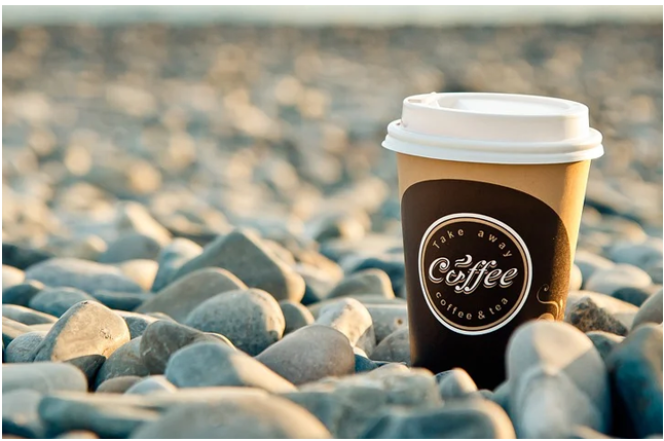

 Sign In
Sign In 